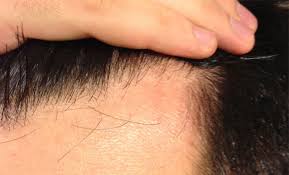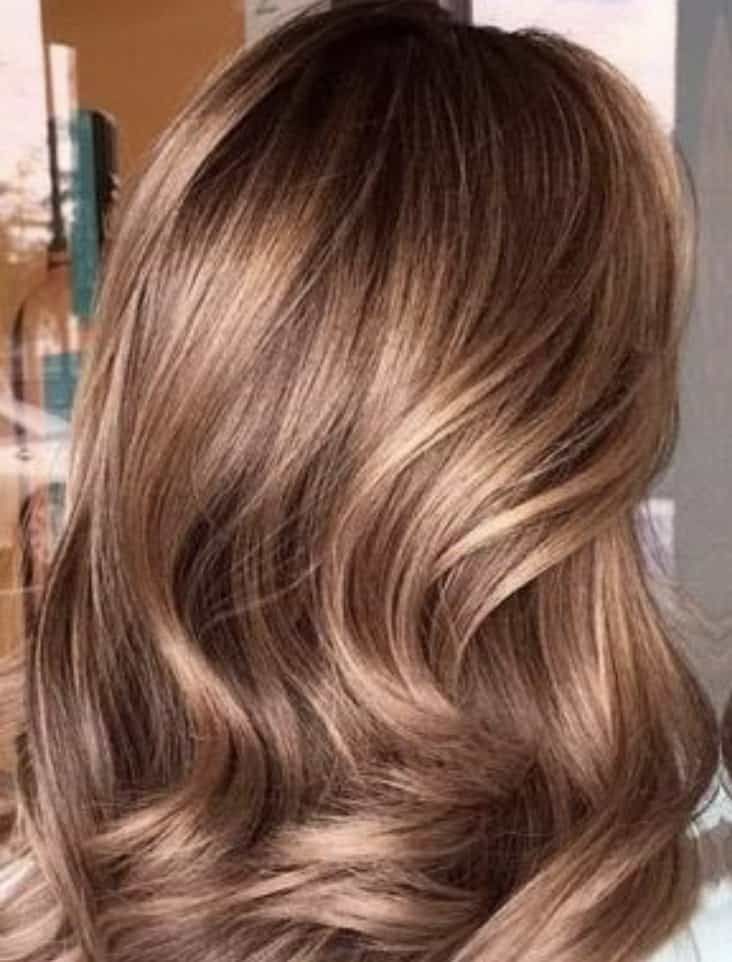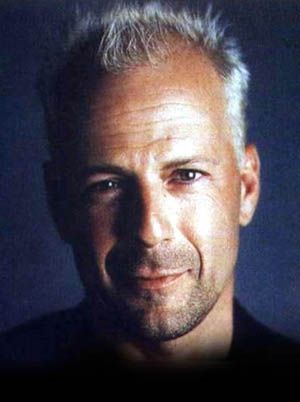
Hair is integral to maintaining body temperature while protecting from dust, dirt, and bacteria. There are two distinct kinds of body hair: vellus and terminal. At puberty, vellus hair transforms to thicker, darker terminal hair – such as that found on your head, eyebrows, eyelashes, chest, back, and pubic area.
Growth Cycle
hair growth is a cyclical process involving growth, transition, and rest periods. Anagen is the longest-lived phase, lasting seven years before shifting into catagen and finally telogen phases. Though most people experience this pattern, certain conditions can alter it significantly.
Loss of Pigment (Melanin)
Hair is an outgrowth of the epidermis layer of skin and is is composed primarily of the same protein keratin found within it. Within each hair follicle are actively growing cells and pigment-producing melanocytes, which produce melanin pigment. Newborn babies are covered with fine, light-colored hair called lanugo hair that sheds within the first months of life and is replaced by vellus hair that eventually develops terminal ends. Vellus hair can vary in length, color, and thickness among individuals. Terminal hair differs from vellus hair in that it contains a medulla, or core region, that strengthens its lengthening process and is the source of its natural pigment. Hormonal changes occurring during puberty can account for this difference between them; those changes ultimately cause facial hair in men and body hair in females to grow as terminals.
Cysts
Your terminal hair consists of cells filled with the protein keratin. As your hair usually grows, these cells move towards the surface through an elongation process until they reach close enough for death and their contents (including small amounts of keratin) to be released – over time this leads to longer and thicker locks. Sometimes, your body doesn’t produce hair correctly. This could be caused by either hormonal issues or issues with the pituitary gland – which secretes hormones to initiate puberty, such as luteinizing hormone (for males) and progesterone (in females). Eruptive Vellus Hair Cysts (EVHCs), a rare developmental abnormality of the vellus hair follicles, typically appear as bumps on the chest and limbs of both adolescents and adults, with laminated keratin hairs growing across multiple transversely cut vellus follicles and without sebaceous glands that would typically be present; instead, they often occur asymptomatically without symptoms. Histologically, these lesions resemble mid dermal cysts lined by stratified squamous epithelium which contains laminated keratin hairs as well as multiple transversely cut vellus hairs; unlike steatocystoma, these cysts lack sebaceous glands, unlike their counterparts found elsewhere.
Age-Related Changes
Apart from the palms of hands and soles of feet, most areas of a human’s body are covered in hair. Hair insulates against bacteria, viruses, and dirt while helping regulate body temperature. Hormones like testosterone (T) and dihydrotestosterone sulfate (DHT) play an integral part in puberty, causing some vellus hairs to transition into terminal hair, leading boys to grow facial hair on their cheeks and chin during puberty and men to grow facial hair such as mustaches or beards. But hair growth doesn’t always follow its usual course. If the pituitary gland produces too much luteinizing hormone or the ovaries and uterus produce too much estrogen or progesterone, puberty may be delayed or stopped altogether. Furthermore, some women may develop hirsutism, caused by too many androgens delivering male-like hair growth; this affects 5-10% of reproductive-age women and can result in male-like hair growth – occurring in 5-10%. Other hormonal disorders affecting hair growth, such as polycystic Ovary Syndrome, also cause abnormal growth patterns.

